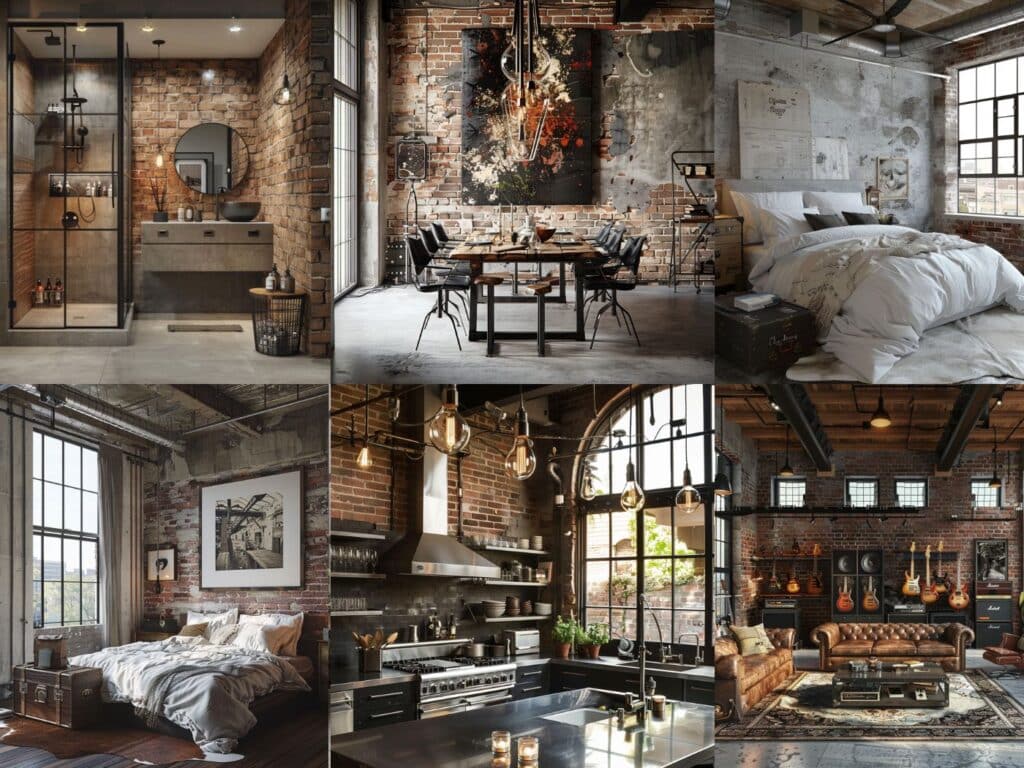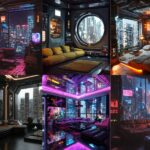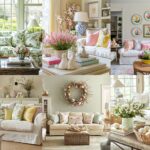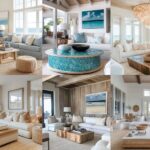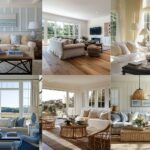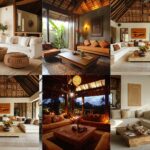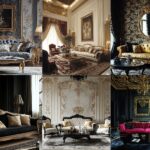Are you looking to transform your living space into a sleek, stylish haven that balances raw, edgy elements with modern sophistication?
Industrial Modern interior design may well be the perfect solution. This design trend marries the rugged charm of exposed brick and metal with clean lines and minimalist aesthetics, creating spaces that are both functional and visually striking.
You don’t have to sacrifice comfort for style. With Industrial Modern design, you can enjoy the best of both worlds: the warmth of natural materials and the cool elegance of contemporary decor.
Whether you’re starting from scratch or looking to refresh your current home, this guide will help you navigate key aspects like color palettes, furniture choices, and lighting options to achieve that effortlessly chic look you’ve been dreaming about.
21 Industrial Modern Interior Design Ideas And Styles
#1. Industrial Modern Living Room Table
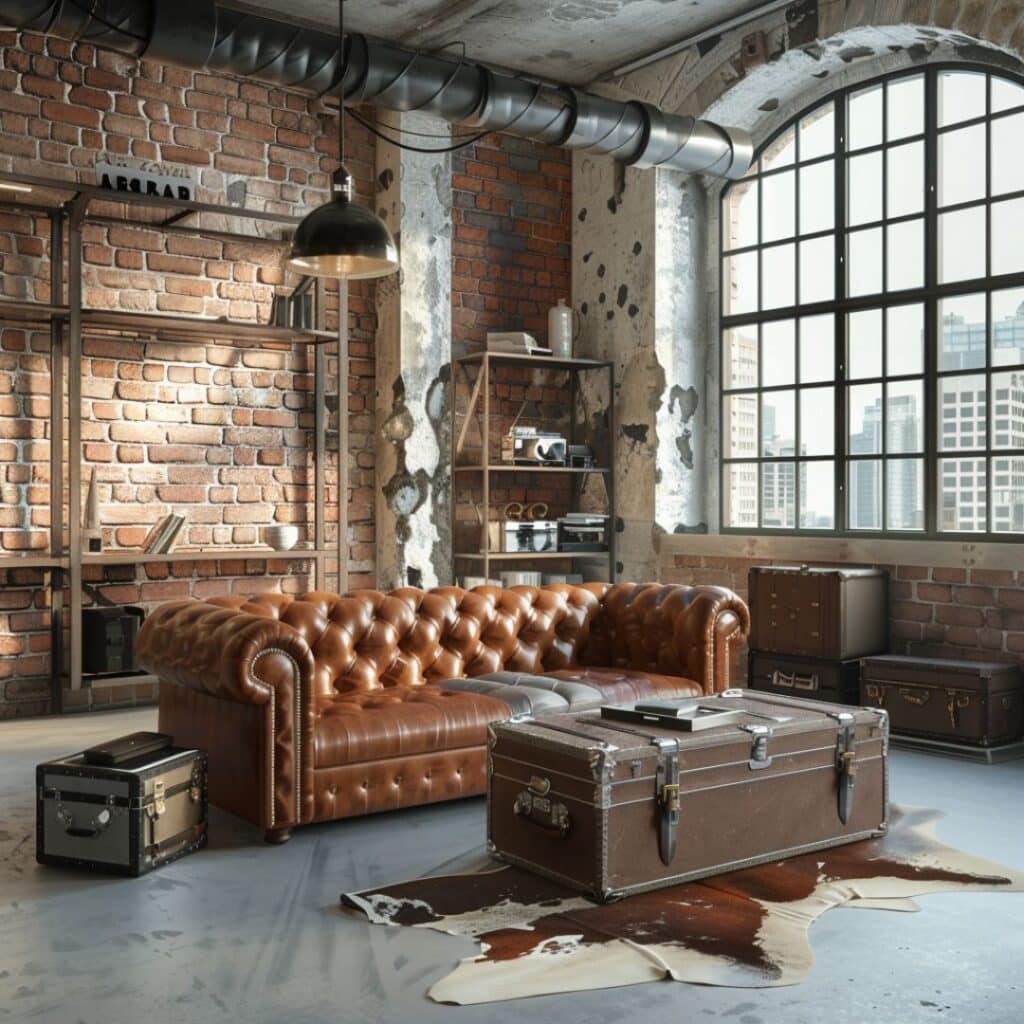
#2. Industrial Modern Living Room Sofa
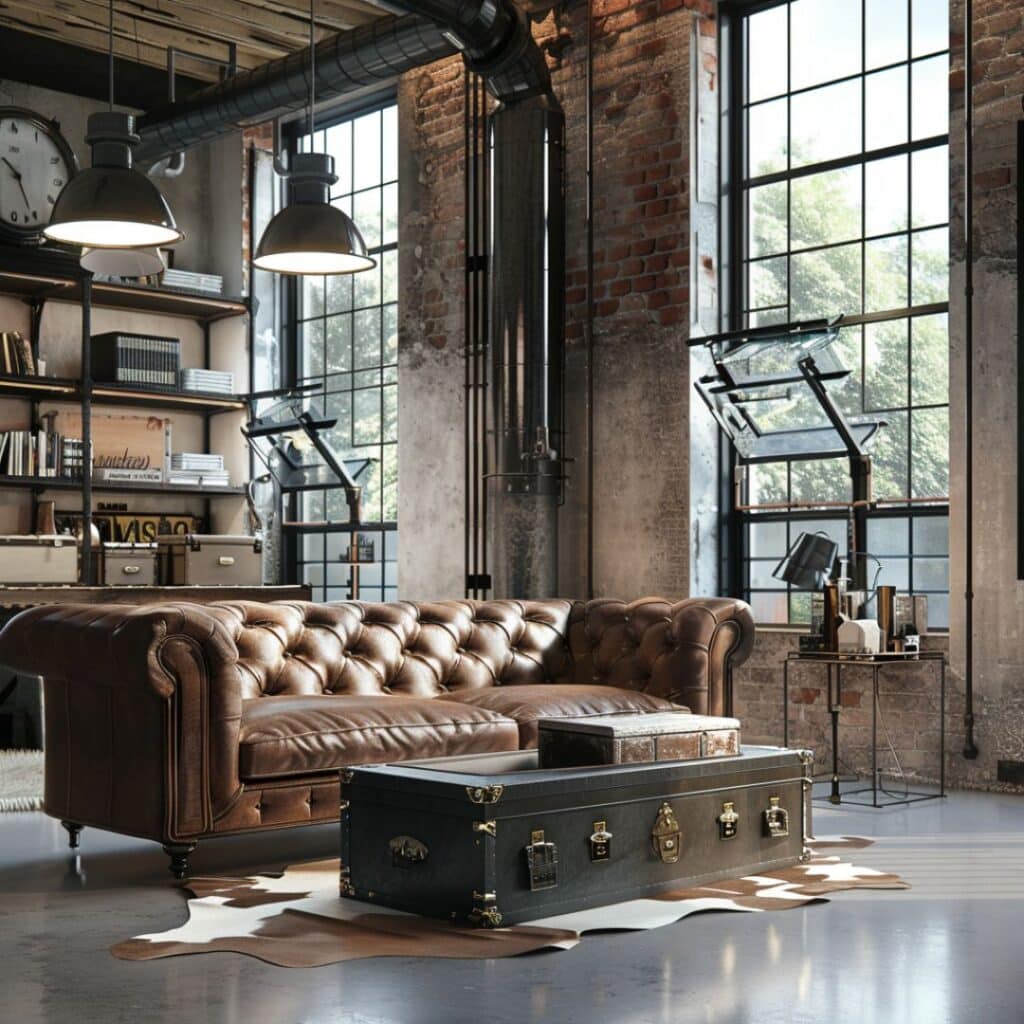
#3. Industrial Modern Living Room Light
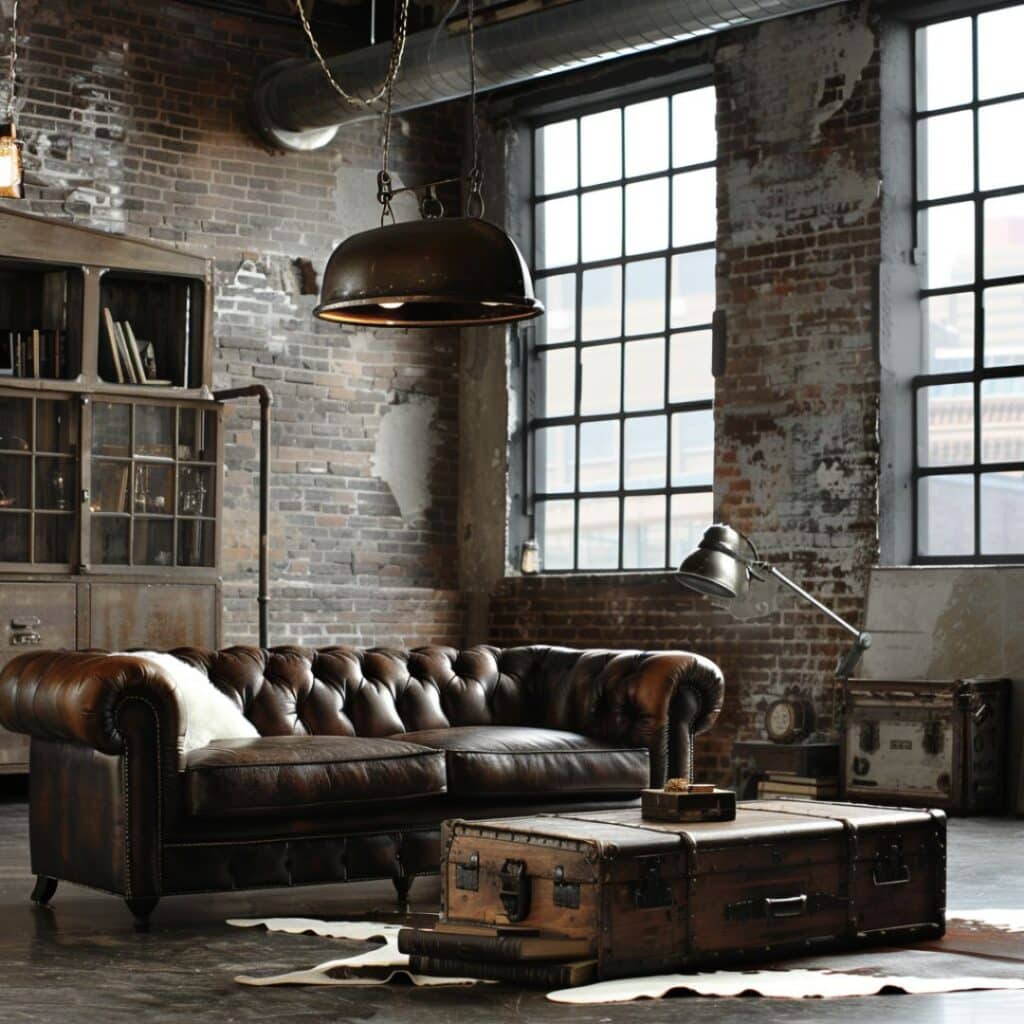
#4. Industrial Modern Living Room Interior Idea
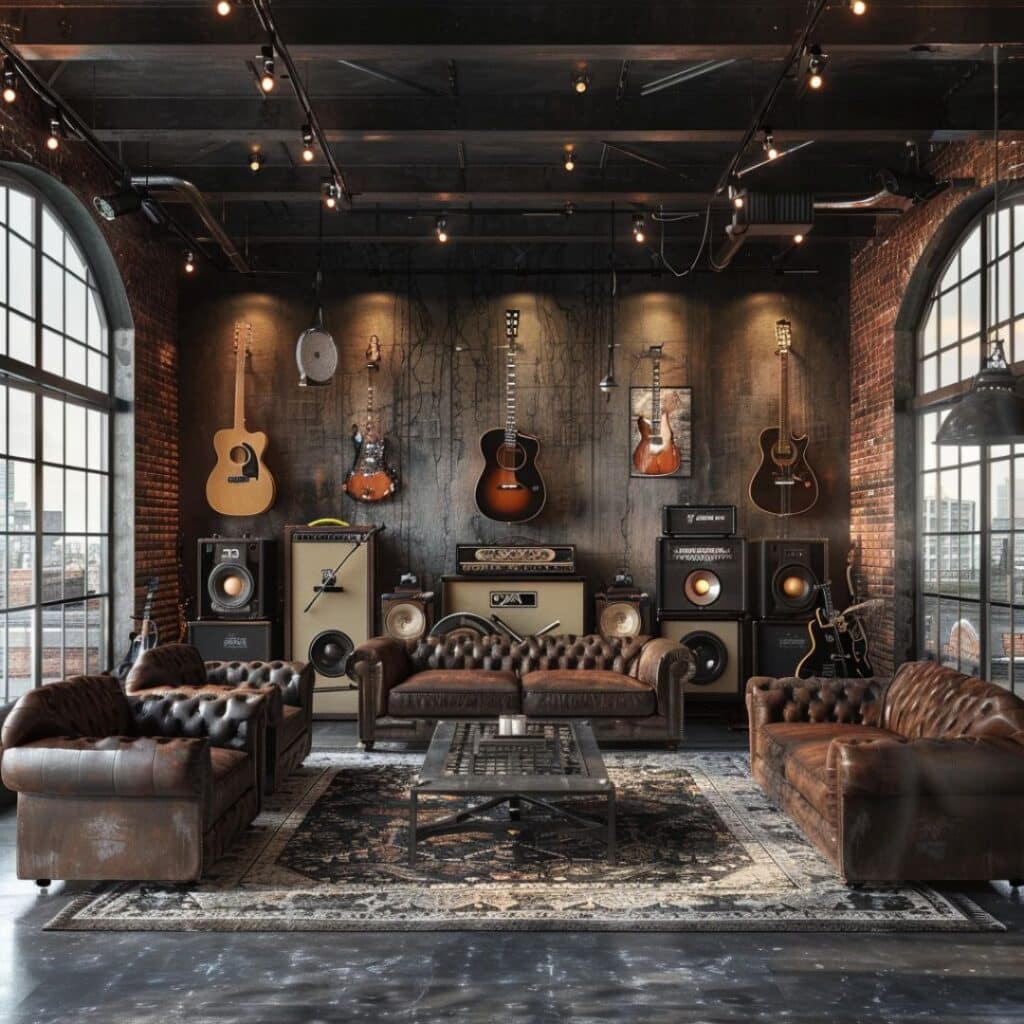
#5. Industrial Modern Living Room Design
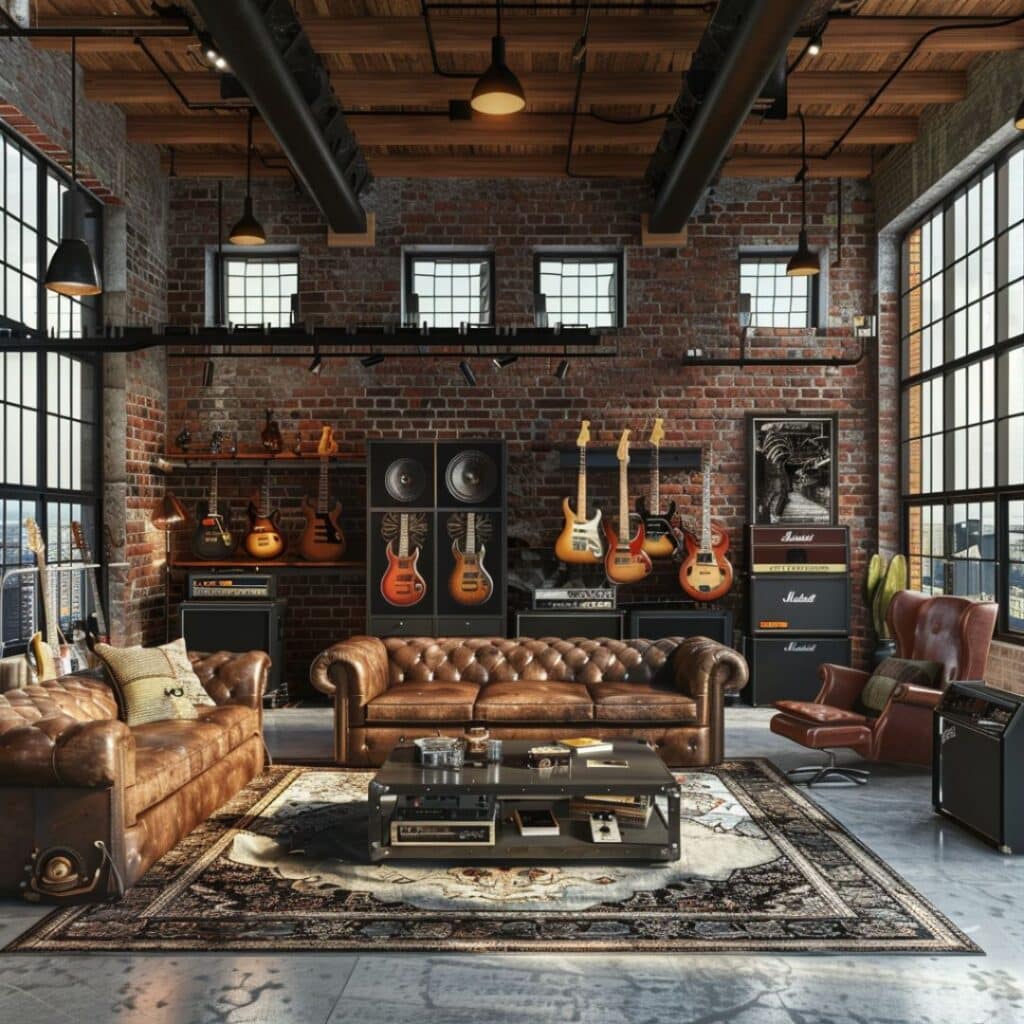
#6. Industrial Modern Living Room Decorations
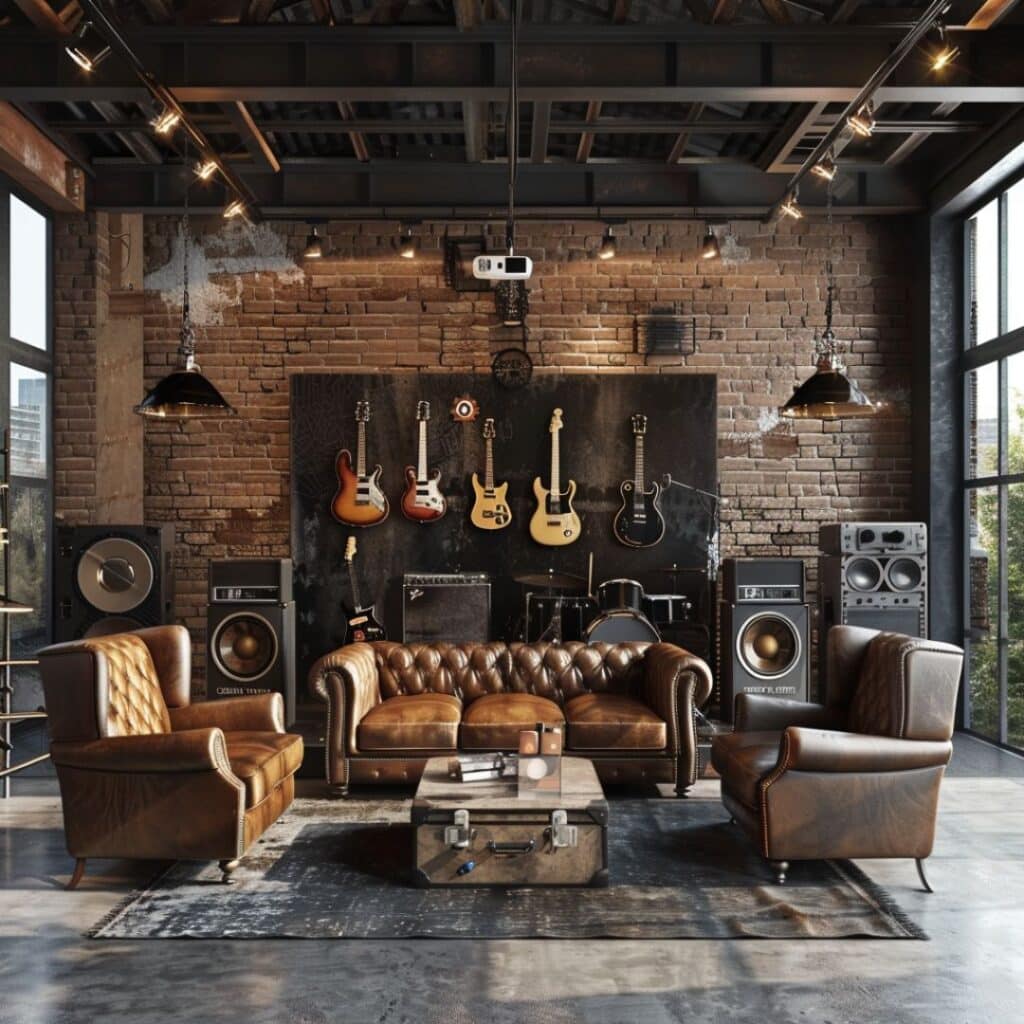
#7. Industrial Modern Kitchen
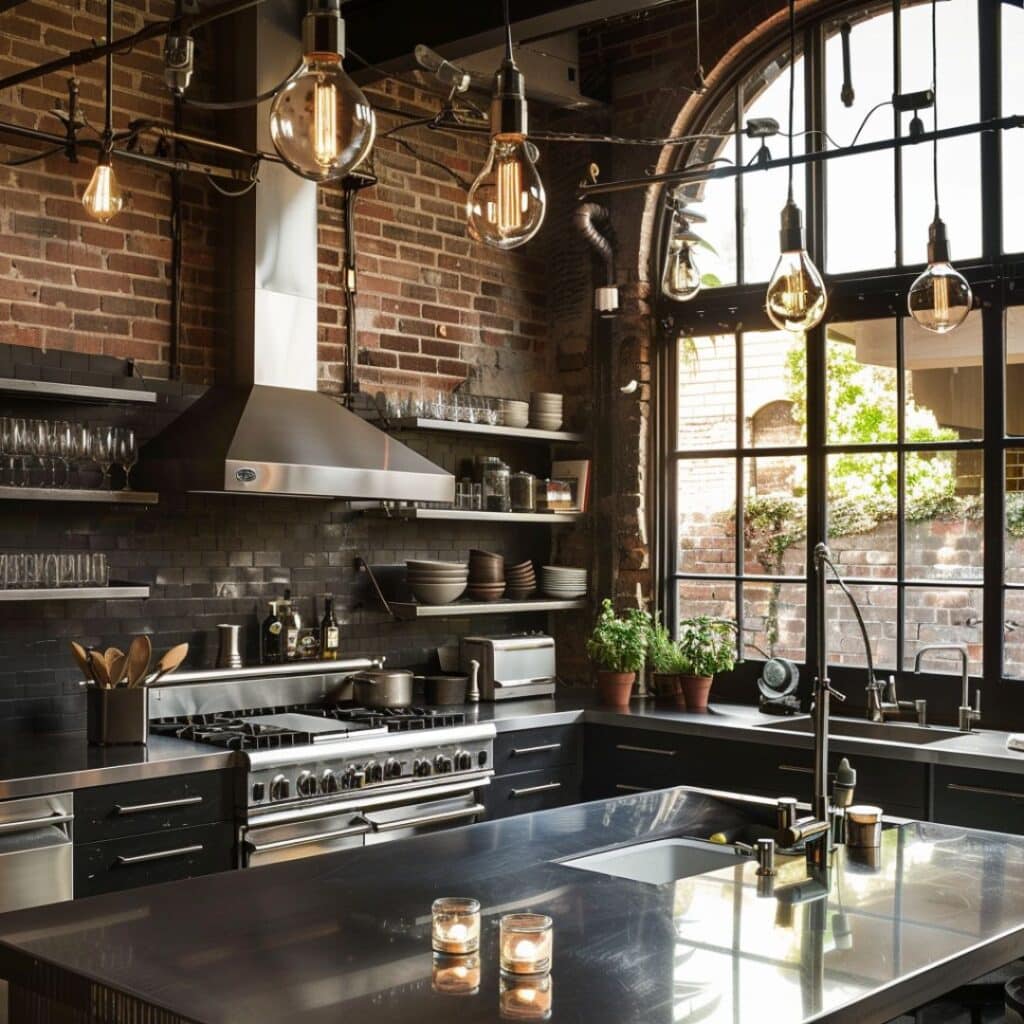
#8. Industrial Modern Kitchen Interior Style
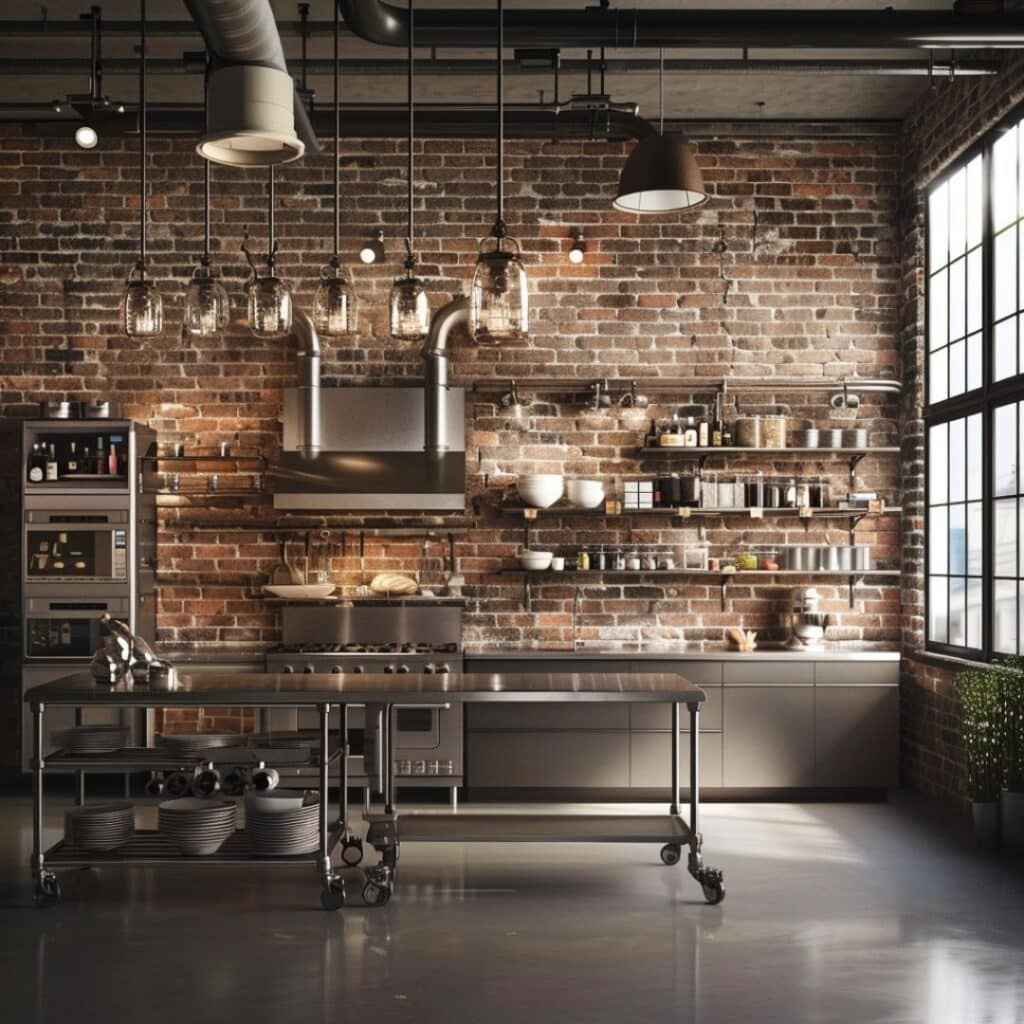
#9. Industrial Modern Kitchen Interior Idea
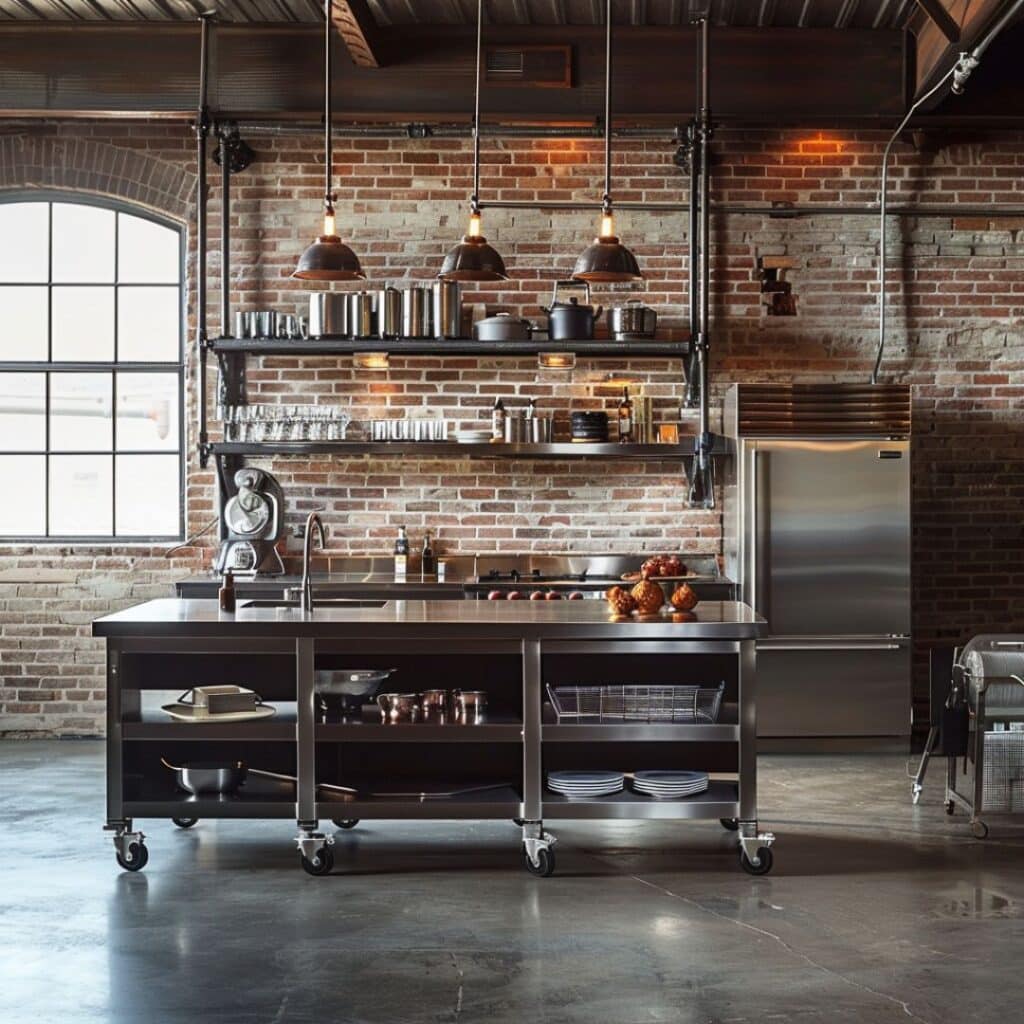
#10. Industrial Modern Kitchen Interior Design
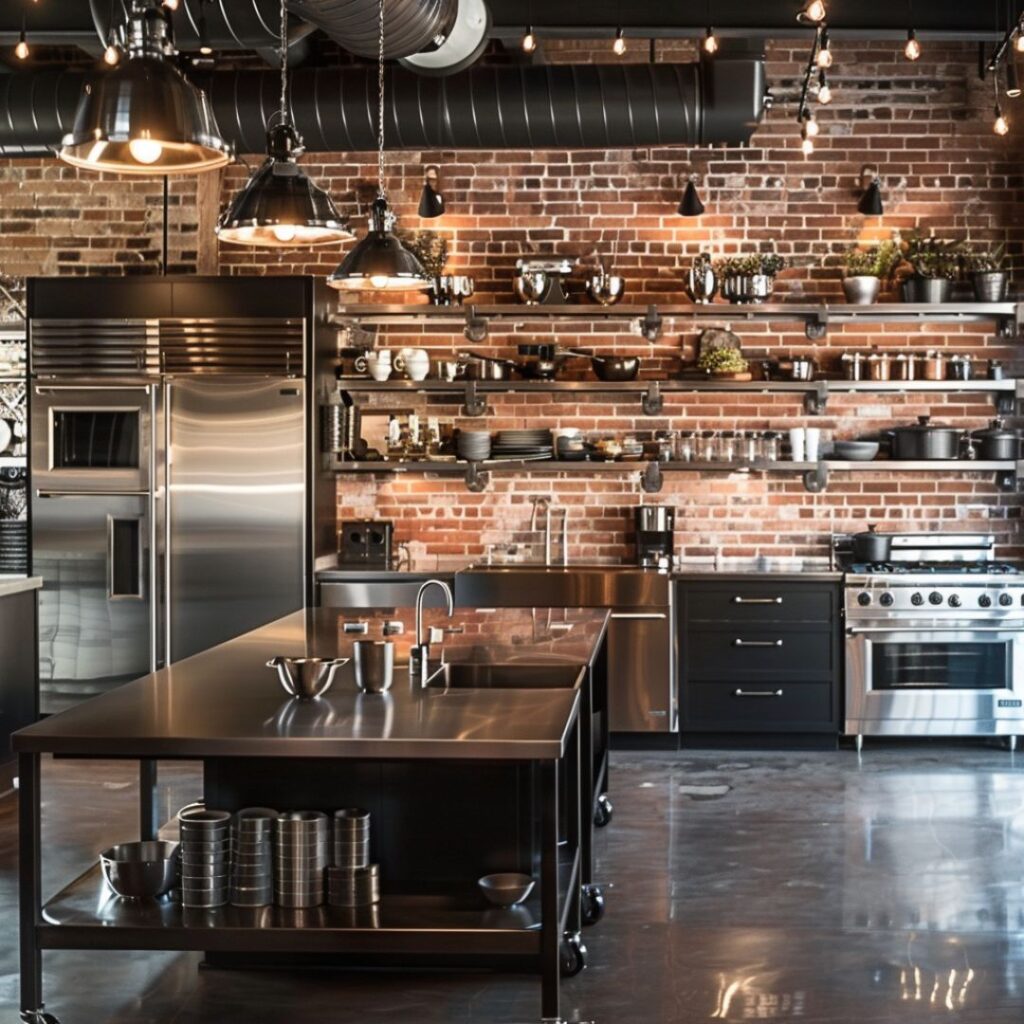
#11. Industrial Modern Dining Room
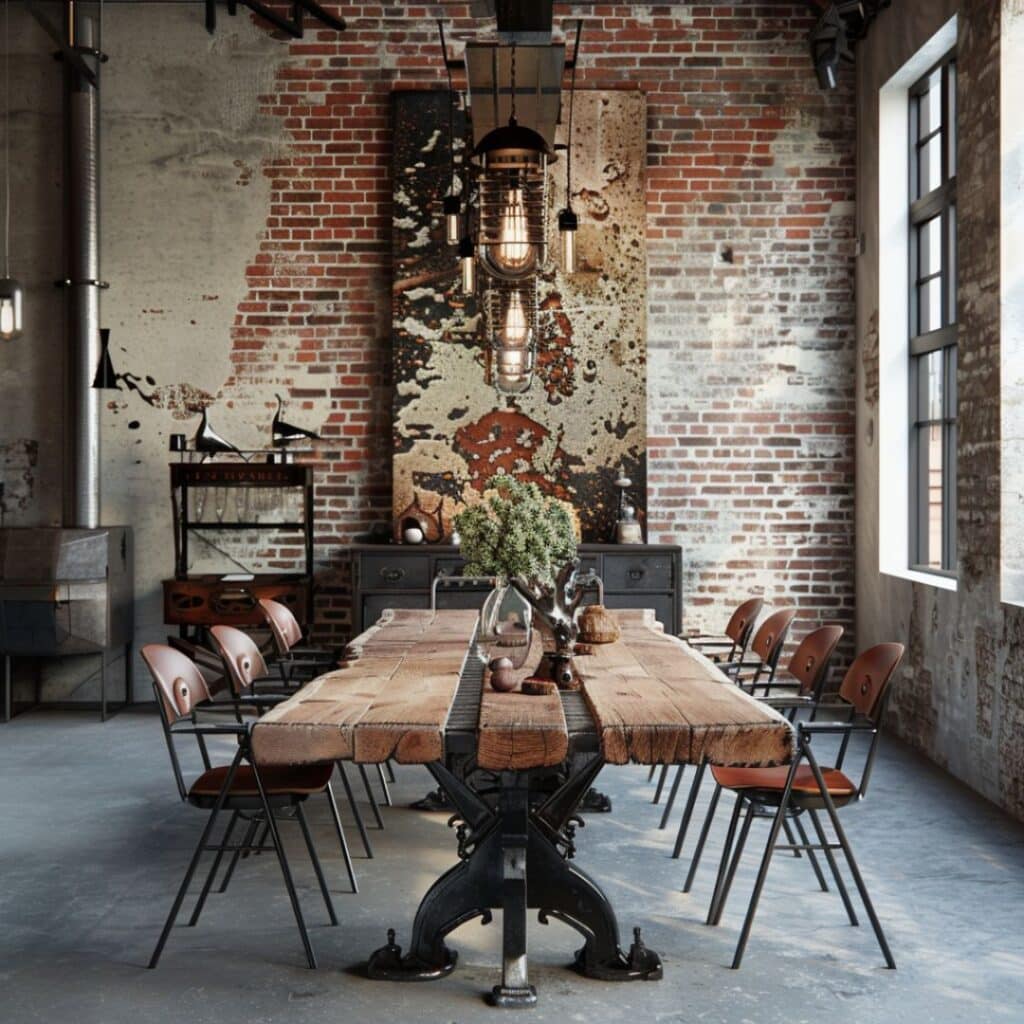
#12. Industrial Modern Dining Room Interior Idea
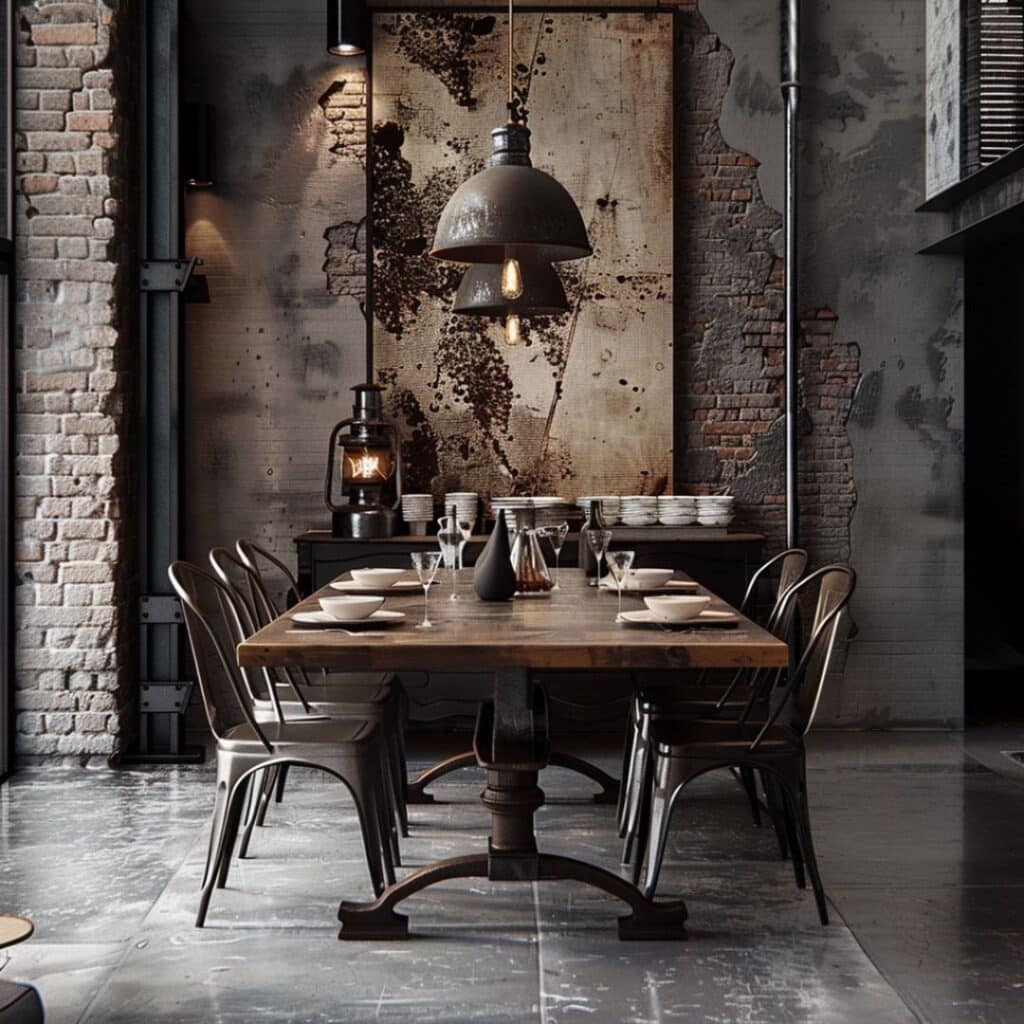
#13. Industrial Modern Dining Room Interior Design
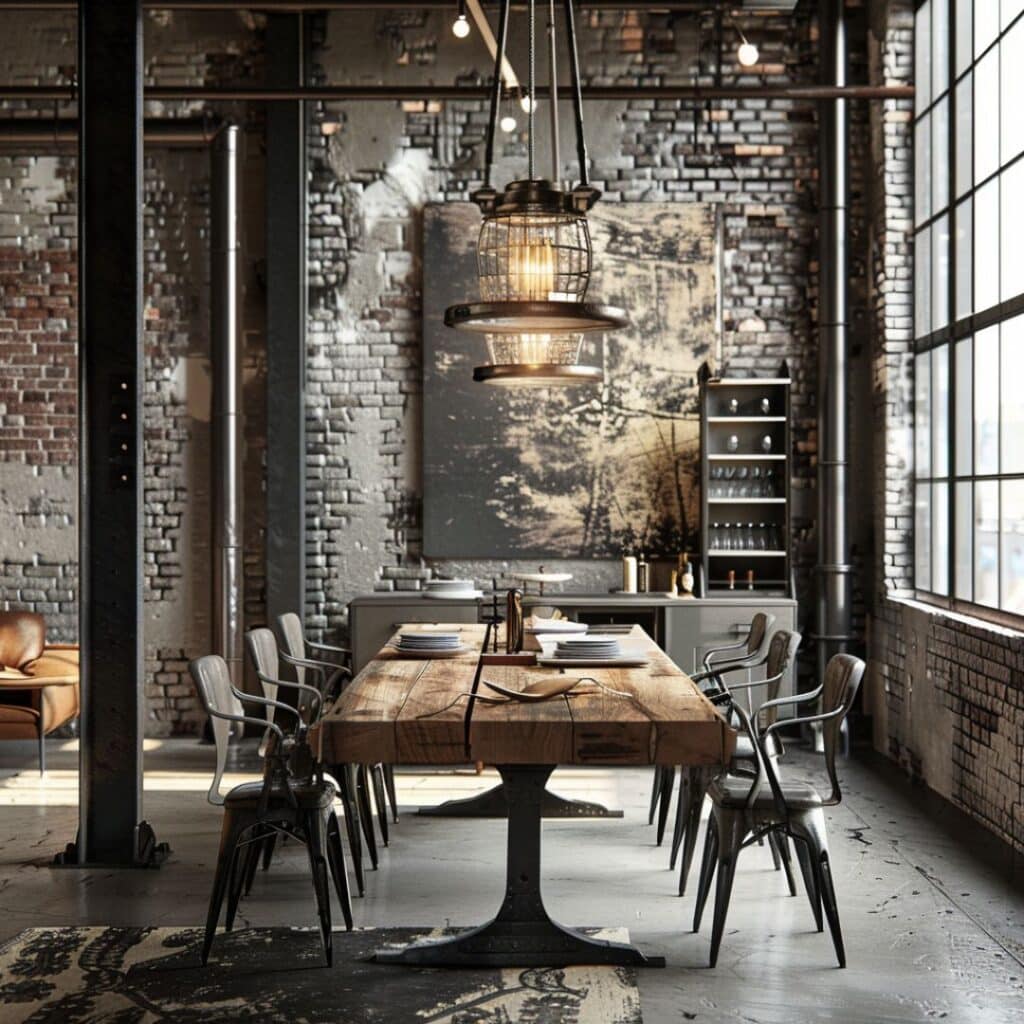
#14. Industrial Modern Dining Room Idea
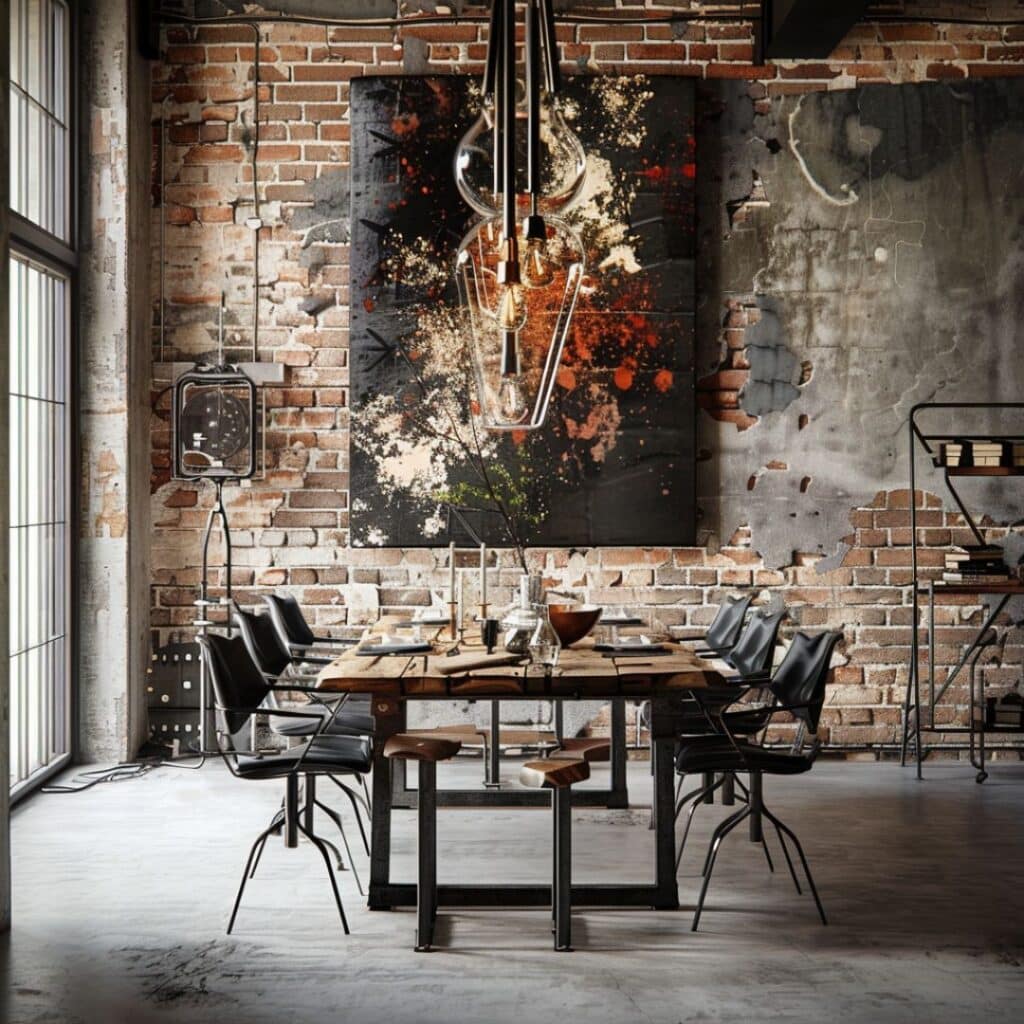
#15. Industrial Modern Bedroom
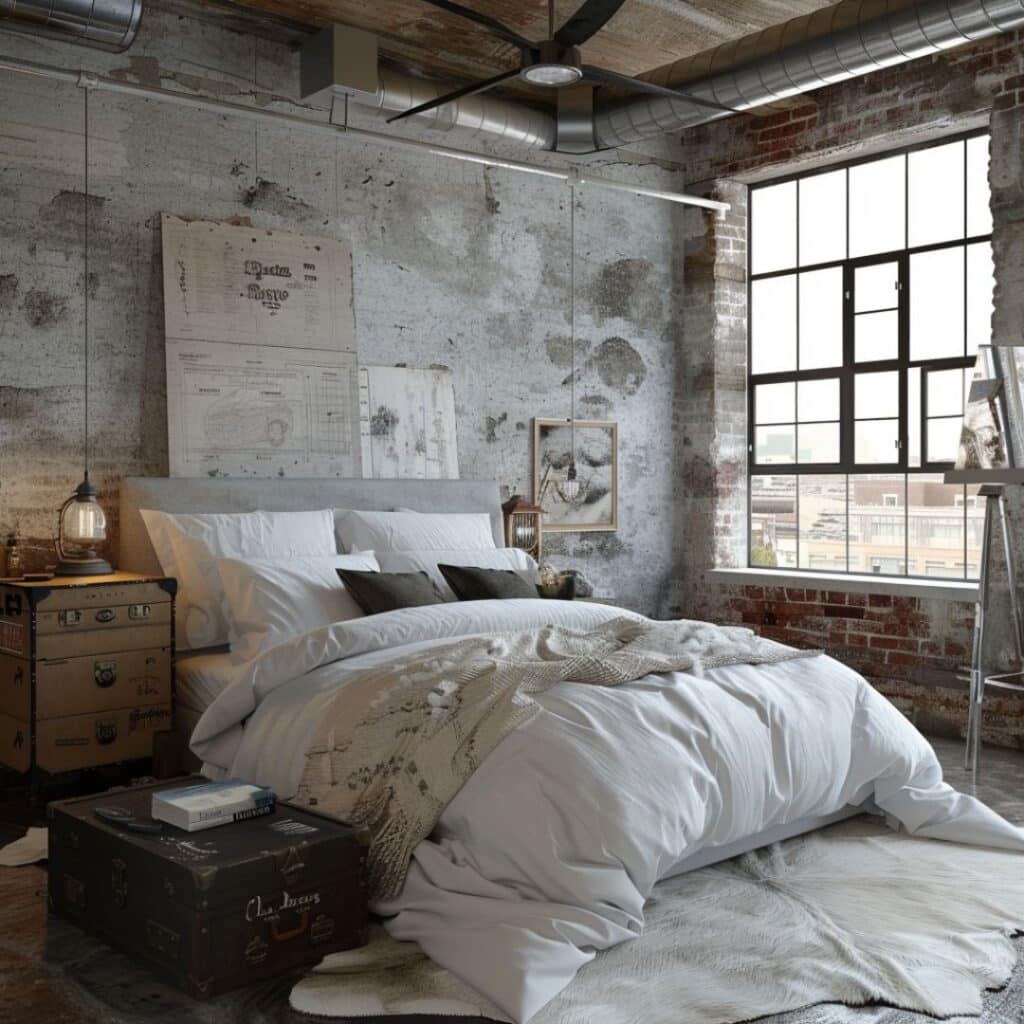
#16. Industrial Modern Bedroom View
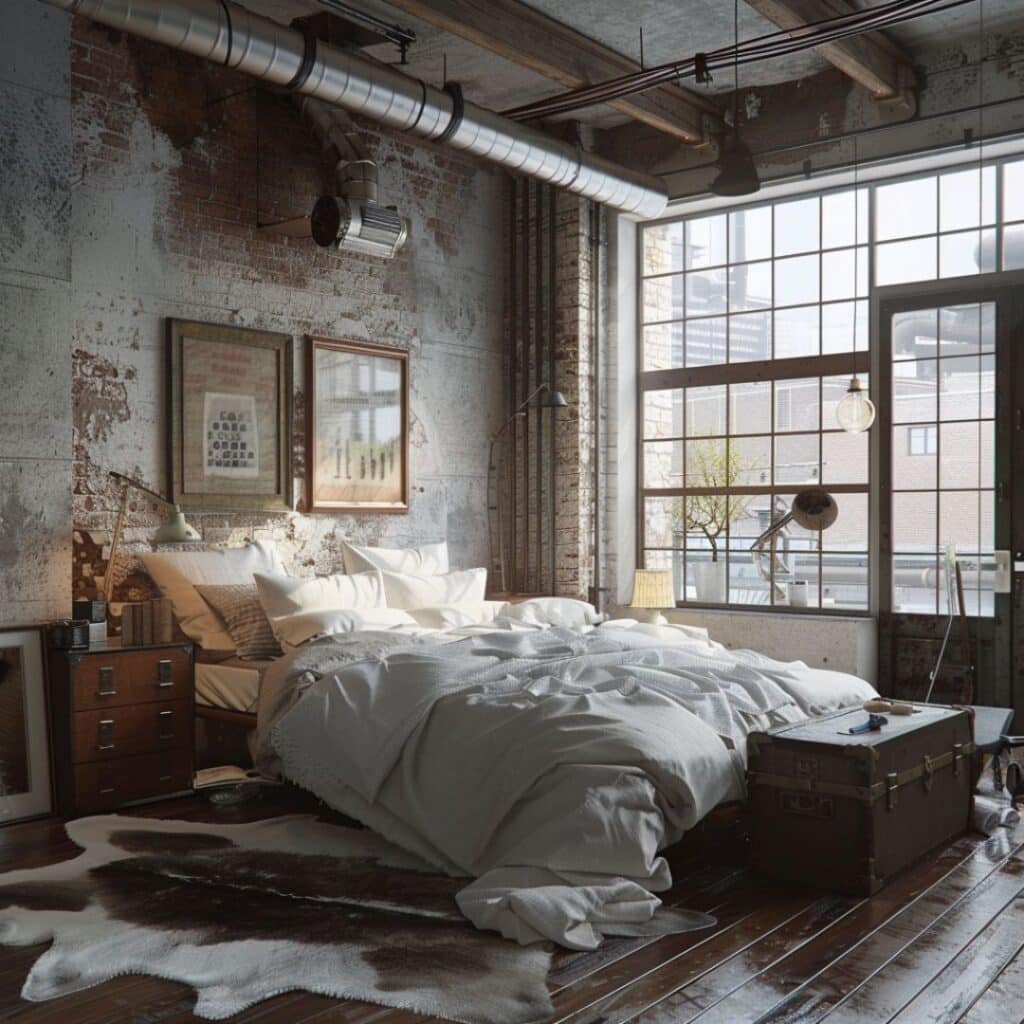
#17. Industrial Modern Bedroom Interior Design
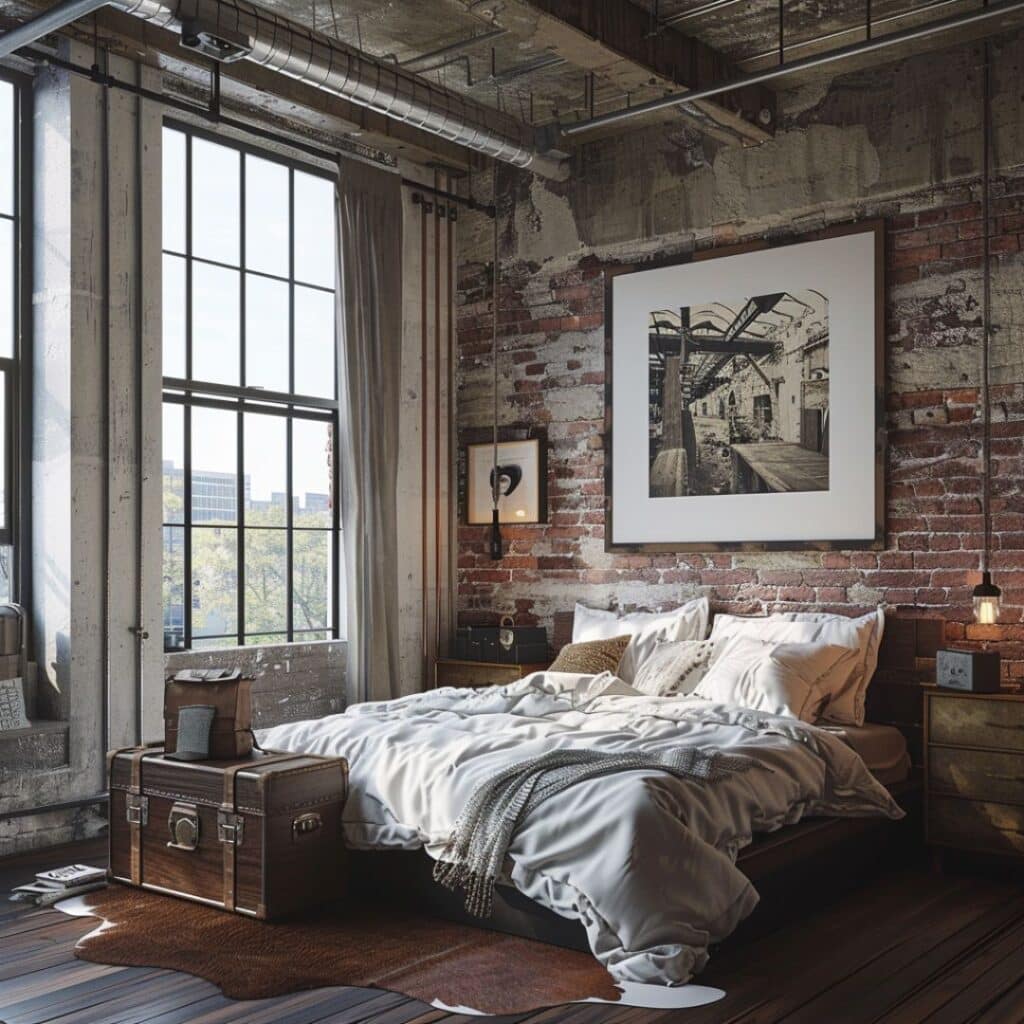
#18. Industrial Modern Bedroom Idea

#19. Industrial Modern Bathroom

#20. Industrial Modern Bathroom Interior Idea
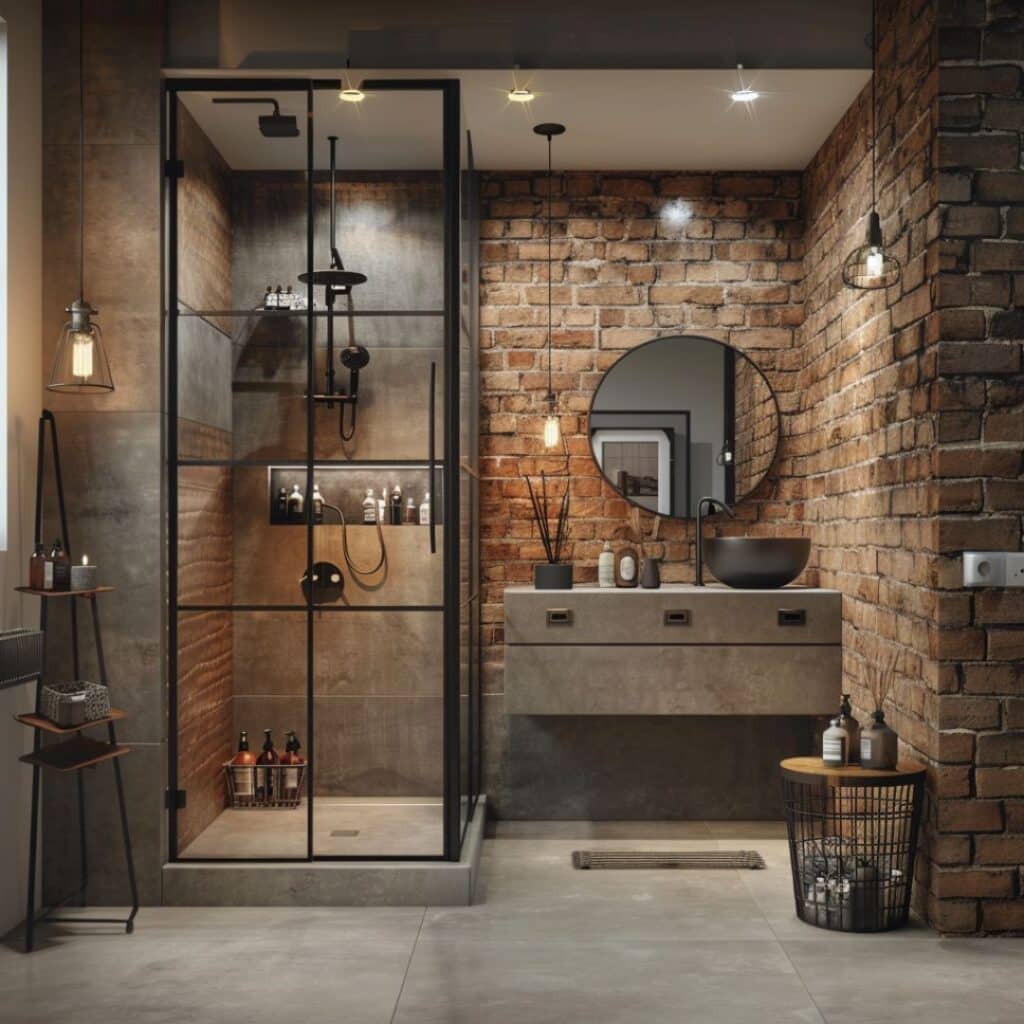
#21. Industrial Modern Bathroom Idea

Exploring Industrial Modern Interior Design
Industrial Modern interior design merges raw materials with sleek, contemporary elements. This style balances rugged features and minimalist aesthetics.
Definition and Origins
The Industrial Modern style emerged from the need to convert old warehouses into functional living spaces. Originating in urban areas during the late 20th century, it combines factory-like elements with modern touches. Exposed beams, metal fixtures, and concrete floors are hallmarks of this approach.
Key Characteristics
Key characteristics include a mix of textures and materials such as wood, metal, and glass. Neutral color palettes dominate the scene, often featuring shades like gray, black, and white. Furniture choices favor simplicity with clean lines and minimal ornamentation. Lighting usually involves pendant lights or vintage bulbs that enhance the industrial vibe.
By integrating these components thoughtfully, your space can achieve an effortlessly chic look that blends comfort with style.
Elements of Industrial Modern Decor
Industrial Modern decor combines rugged charm with contemporary elegance, creating spaces that are both functional and stylish.
Use of Space and Architectural Features
Open floor plans dominate this style. Exposed beams, brick walls, and ductwork highlight the industrial aspect. Large windows invite natural light, emphasizing spaciousness.
Concrete floors often feature in these designs, adding to the raw aesthetic. High ceilings enhance the open feel even further.
Furniture and Material Choices
Furniture often has clean lines and minimal ornamentation. Metal chairs, wooden tables, and leather sofas are common examples. Each piece prioritizes functionality while maintaining an elegant appearance.
Reclaimed wood adds character to various elements like shelving or dining tables. Metals such as steel or iron complement this material palette, reinforcing the Industrial interior design vibe without compromising on modern sophistication.
Use these guidelines to create a space that perfectly captures Industrial Modern design principles.
Color Palette in Industrial Modern Design
Neutral Tones and Bold Accents
Neutral tones like gray, black, and white dominate Industrial Modern design. These colors create a sleek backdrop, allowing other elements to stand out. Combine these with bold accents such as deep blues or vibrant reds for contrast.
Integrating Natural Elements
Incorporate natural elements like wood and stone into your color palette. These materials add warmth to the otherwise cool industrial aesthetic. Use reclaimed wood beams or stone countertops to introduce organic textures that complement the overall design.
Lighting in Industrial Modern Spaces
Lighting plays a crucial role in Industrial Modern interior design. It merges functionality with aesthetics, enhancing the overall ambiance.
Role of Natural Light
Natural light amplifies the spacious feel of industrial spaces. Large windows and skylights flood interiors with daylight, reducing the need for artificial lighting during the day. Exposed window frames and minimal treatments maintain an unobstructed flow of light.
Industrial Lighting Fixtures
Industrial fixtures add character to any space. Pendant lights, vintage bulbs, and metal sconces provide both illumination and style. Use materials like brass or iron to complement other industrial elements like exposed pipes or brick walls.
Example Projects Featuring Industrial Modern Design
Industrial Modern interior design blends raw industrial elements with contemporary sophistication. Below are examples of projects that showcase this style.
Residential Spaces
Loft apartments often feature exposed brick walls and metal beams. These architectural elements provide a rustic yet Modern interior design feel. Open floor plans create a sense of spaciousness, enhanced by large windows that let in natural light.
Renovated houses can incorporate steel-framed glass doors and minimalistic furniture. Using materials like reclaimed wood for flooring adds warmth to the stark industrial features. Kitchens may well include stainless steel appliances and concrete countertops for an edgy touch.
Commercial Settings
Office spaces benefit from Industrial Modern design through open layouts and collaborative zones. Exposed ductwork and metal fixtures add an industrial vibe while maintaining functionality. Conference rooms may use sliding barn doors to combine aesthetic appeal with practical use.
Retail stores often utilize industrial shelving units made of metal and wood. This creates not only storage solutions but also enhances the visual interest of the space. Lighting choices like pendant lights or track lighting highlight products effectively, creating a welcoming atmosphere for customers.
Each example demonstrates how Industrial Modern design can transform various environments into cohesive, stylish spaces without losing their functional integrity.
How to Achieve Industrial Modern Style
To achieve an Industrial Modern style, blend raw industrial elements with contemporary design. Focus on creating a space that is both functional and visually appealing.
Tips for Homeowners
- Use Neutral Colors: Opt for shades like gray, black, white, and beige. These colors form the base of Industrial Modern interiors.
- Incorporate Raw Materials: Expose brick walls and metal beams whenever possible. Use materials such as wood, metal, and glass in furniture and decor.
- Select Functional Furniture: Choose clean-lined pieces that offer both utility and aesthetic appeal. Avoid elaborate designs.
- Add Industrial Lighting: Install fixtures like pendant lights or metal sconces to enhance the industrial feel.
- Maximize Natural Light: Use large windows or skylights to brighten your space naturally.
- Emphasize Open Plans: Create open layouts to enhance spaciousness in residential or commercial spaces.
- Highlight Architectural Elements: Retain exposed ductwork, pipes, or structural beams as key features in your design.
- Mix Textures and Finishes: Combine rough textures with smooth finishes to add depth without overwhelming the space.
- Utilize Reclaimed Materials: Incorporate items like reclaimed wood flooring or vintage furniture pieces for added character.
- Balance Functionality with Aesthetics: Ensure every element serves a purpose while contributing to the overall design theme.

